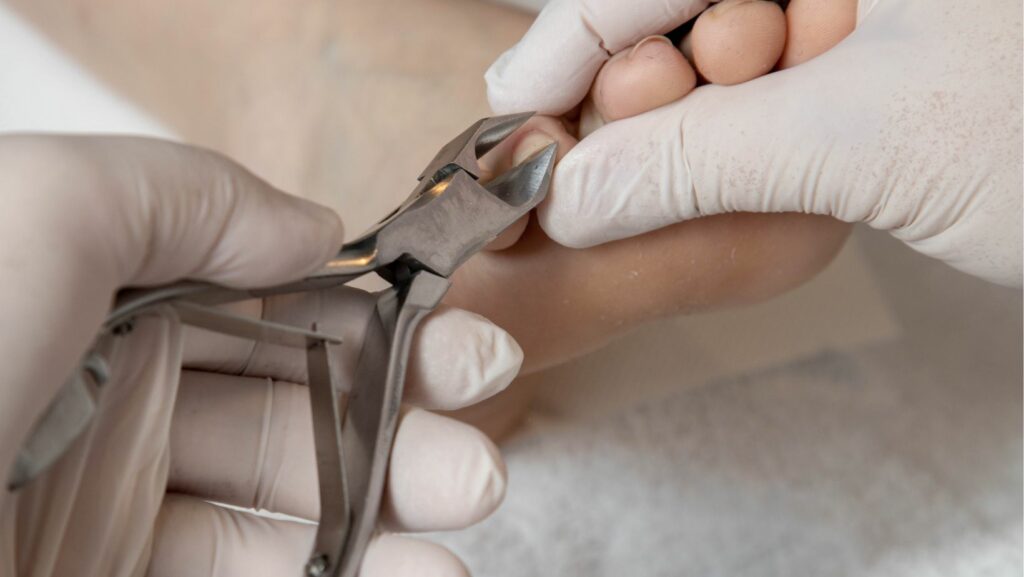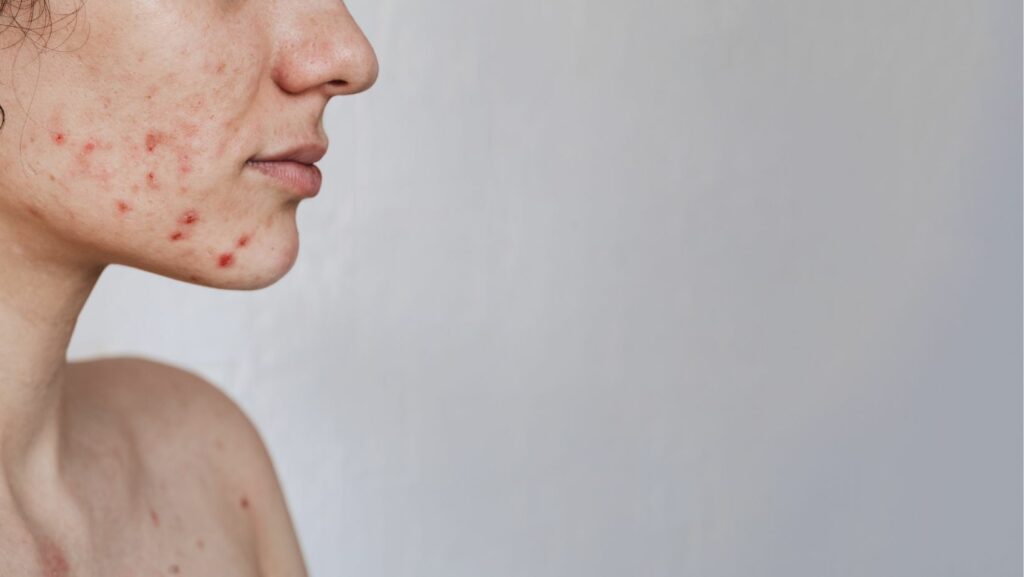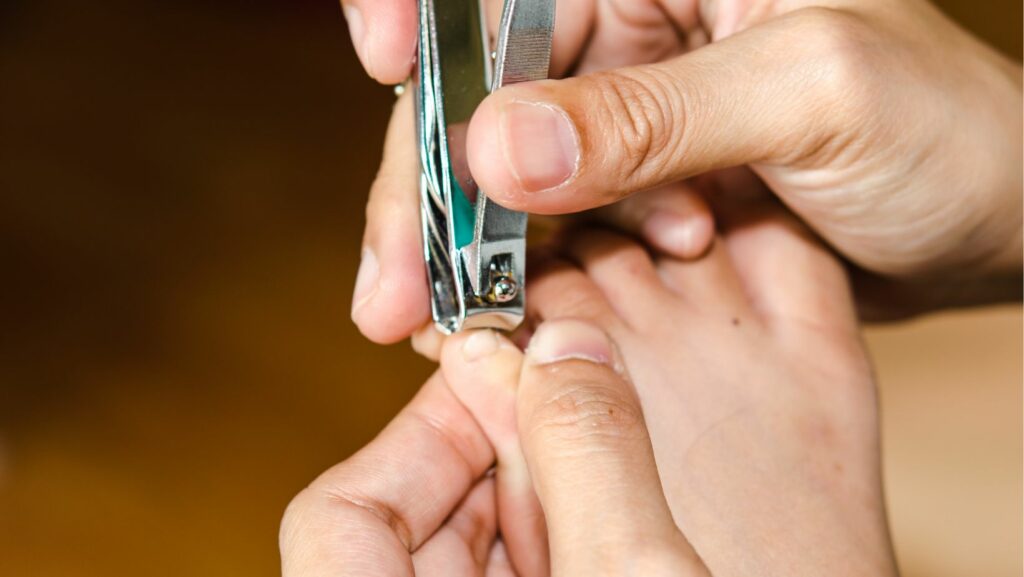Skin:rh1dqurhfoy= Cut

In the realm of everyday mishaps, skin cuts are common yet often underestimated events. Whether it’s a minor paper cut or a more serious kitchen knife incident, these seemingly small injuries can lead to discomfort and potential complications if not properly addressed. Understanding the basics of skin cuts and their treatment is crucial for maintaining skin health and preventing infection.
Skin acts as the body’s first line of defense, and any breach, no matter how small, can open the door to bacteria and germs. While most cuts heal naturally, knowing when to seek medical attention and how to care for them at home can make a significant difference. This article delves into the essentials of skin cuts, offering insights into effective care and prevention strategies to ensure quick recovery and minimize risks.
Understanding Skin Cut

Skin cuts occur when the skin’s surface is punctured or torn due to sharp objects or trauma. These injuries vary in depth and size, affecting how they heal and the level of care they need. For minor cuts, simple first-aid measures can suffice, but deeper or infected cuts might require professional medical attention.
The skin consists of several layers, with the epidermis acting as the outermost barrier. A cut penetrating the epidermis can expose underlying tissues, increasing susceptibility to infection. Recognizing the type of cut is essential for determining the appropriate treatment. For instance, superficial cuts involving only the epidermis often heal faster than those reaching the dermis.
Immediate care is crucial in preventing infections and reducing scarring. Measures include cleaning the wound with mild soap and water, applying antiseptic, and covering the area with a sterile bandage. Avoiding irritants and promptly changing dressings protect the wound during the healing process.
For cuts that don’t stop bleeding after applying pressure for several minutes, or if foreign objects become embedded, consulting healthcare professionals becomes necessary. Early intervention prevents complications and supports optimal healing.
Overall, understanding different aspects of skin cuts assists individuals in managing them effectively, ensuring that the skin can continue to protect against harmful pathogens and environmental threats.
Common Causes of Skin Cut
Skin cuts occur due to various factors that range from everyday accidents to necessary medical interventions. Understanding these causes helps in preventing cuts and managing them effectively.
Accidental Injuries
Accidental injuries often result in skin cuts. Cooking-related incidents, like knife slips, frequently lead to shallow cuts on the hands and fingers. Outdoor activities, such as gardening or playing sports, expose individuals to risks of skin punctures from sharp objects or falls. Paper cuts, a common workplace hazard, typically occur when handling sheets of paper. Each scenario illustrates how daily activities can inadvertently lead to skin injuries.
Medical Procedures
Medical procedures sometimes require intentional skin cuts to carry out necessary treatments. Surgeries involve precise incisions to access underlying tissues or organs safely. Biopsies necessitate small skin cuts to obtain samples for diagnostic purposes. With suturing, although intended to close wounds, initial cuts are made to treat or facilitate healing. Medical professionals employ these controlled cuts to address health issues or assist in patient recovery.
Symptoms and Diagnosis of Skin Cut

Identifying the severity of a skin cut is essential to determine the appropriate treatment. Timely diagnosis helps prevent complications such as infections and promotes effective healing.
Several indicators help assess the condition of a skin cut. Bleeding that’s excessive or doesn’t stop after applying pressure suggests a deeper injury. Swelling and redness around the cut may indicate inflammation or potential infection. Warmth, severe pain, or pus discharge signal possible bacterial infection needing medical attention. New tenderness or discoloration should not be overlooked, as these might suggest worsening conditions.
Healthcare professionals use specific methods to evaluate skin cuts. A visual examination is the first step, assessing the wound size, depth, and presence of foreign bodies. Doctors might also inquire about the injury’s cause and location to assess risk factors. If infection is suspected, they may order lab tests such as cultures or blood tests to identify the bacteria and guide treatment. For severe cuts, imaging studies like X-rays ensure no underlying bone or tissue injuries accompany the skin laceration.

